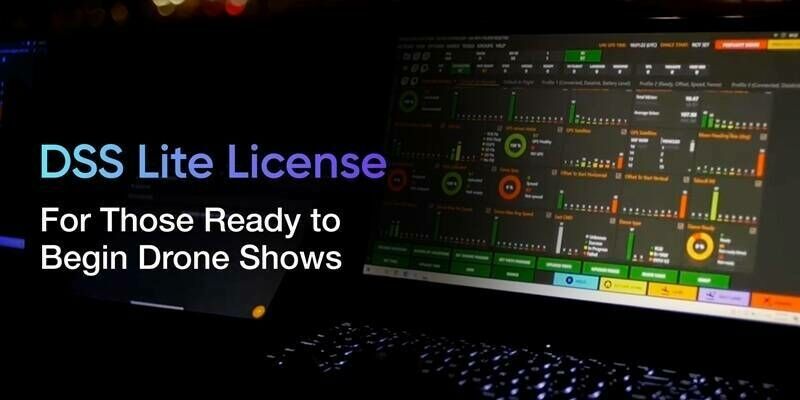LUPIN is a navigation system similar to GPS, which will provide a navigation tool similar to Google Maps for users such as rovers and astronauts.
The multinational technology company GMV has just presented the latest results for the project known as LUPIN (Enabling High-Performance PNT in the Lunar Environment), after carrying out field testing from April 27th to May 8th in the municipality of La Oliva, on the Spanish island of Fuerteventura. This is an innovative initiative of the European Space Agency (ESA), which has the aim of developing a prototype navigation system to simulate the signals that lunar surface rovers are expected to receive in the future. The result will be a navigation system similar to GPS, but for use on the surface of the Moon. This will provide a navigation tool similar to Google Maps for users such as rovers and astronauts.
In a context of renewed interest in lunar exploration, the development of advanced technologies to support rovers, landers, and even the presence of humans on the surface of the Moon has become a strategic priority for the space industry. In view of this, the ESA is now carrying out this groundbreaking project as part of its Navigation Innovation and Support Program (NAVISP). The aim is to test new positioning, navigation, and timing (PNT) technologies that will be able to support exploration of the lunar surface and other applications. These technologies will combine current approaches to planetary PNT with distance measurement signals from the future Lunar Communication Navigation System (LCNS). These are satellite signals that will be used in the same way as GPS signals are used on Earth, although in this case the satellites will be in orbit around the Moon. This system will also be adapted to particular areas of interest (for example, the lunar south pole, the far side of the moon, and permanently shadowed regions).
Subscribe to our newsletter
Stay updated on the latest technology, innovation product arrivals and exciting offers to your inbox.
Newsletter

